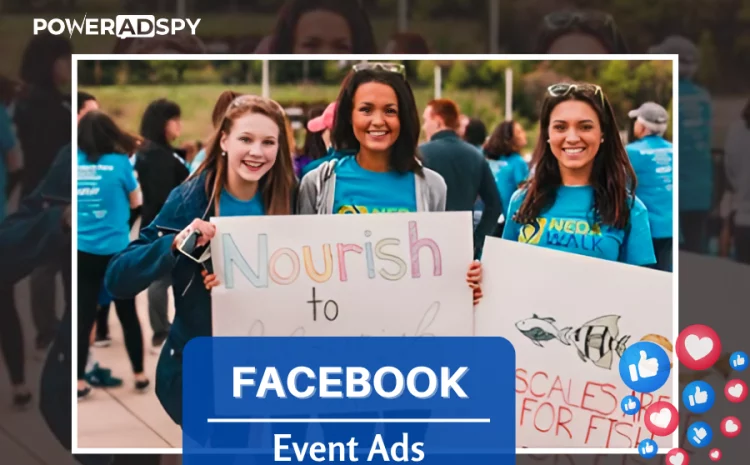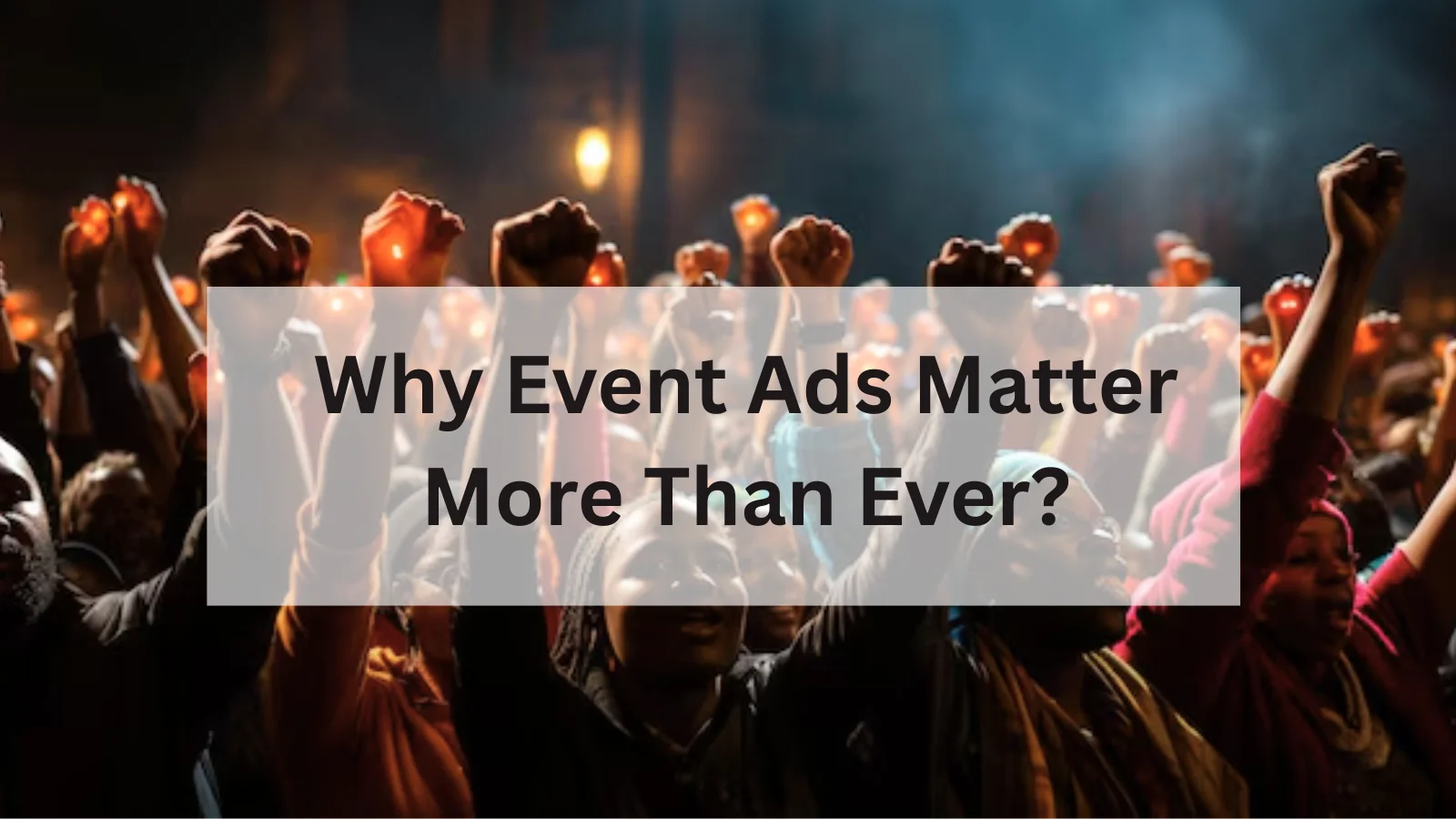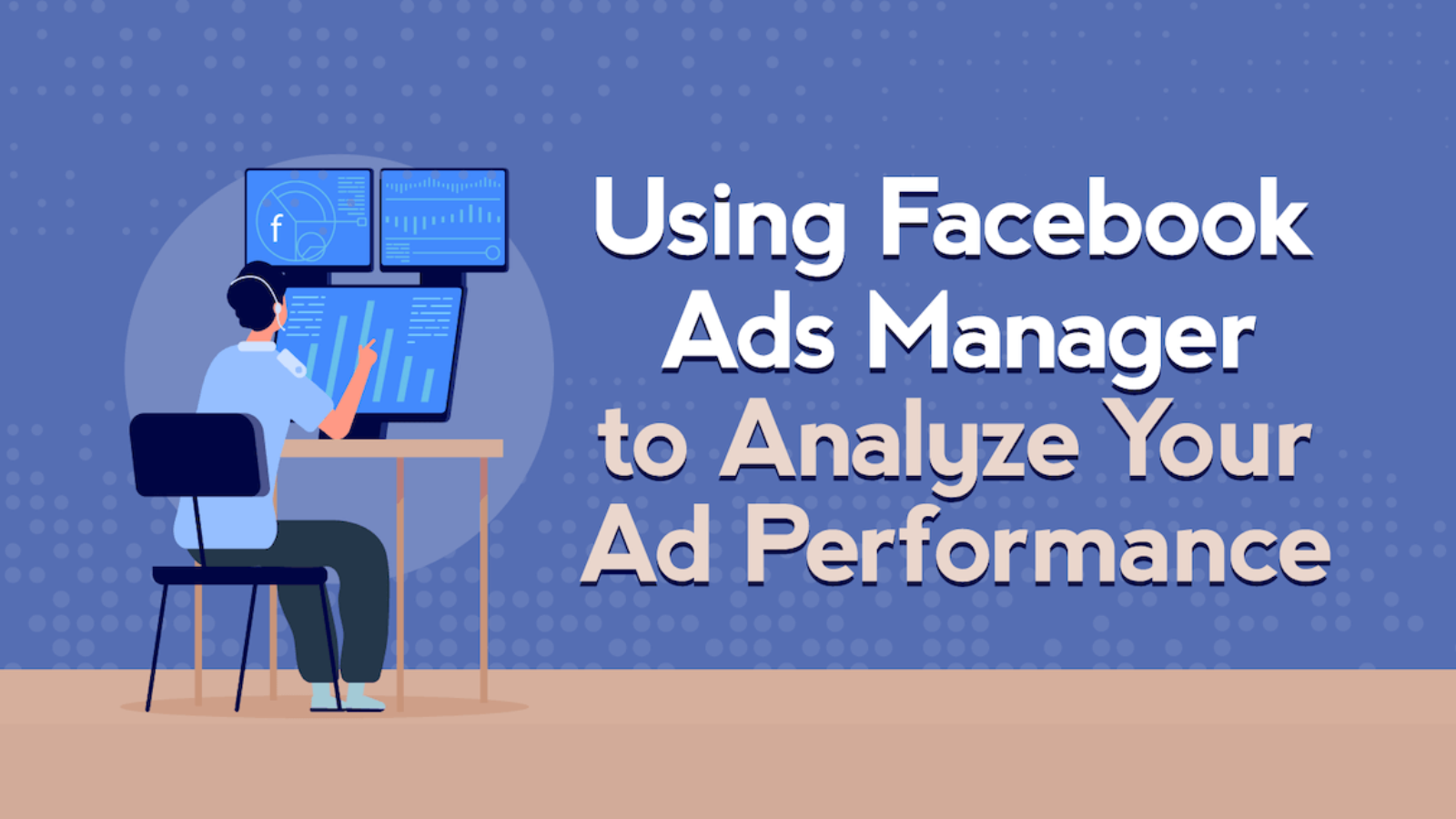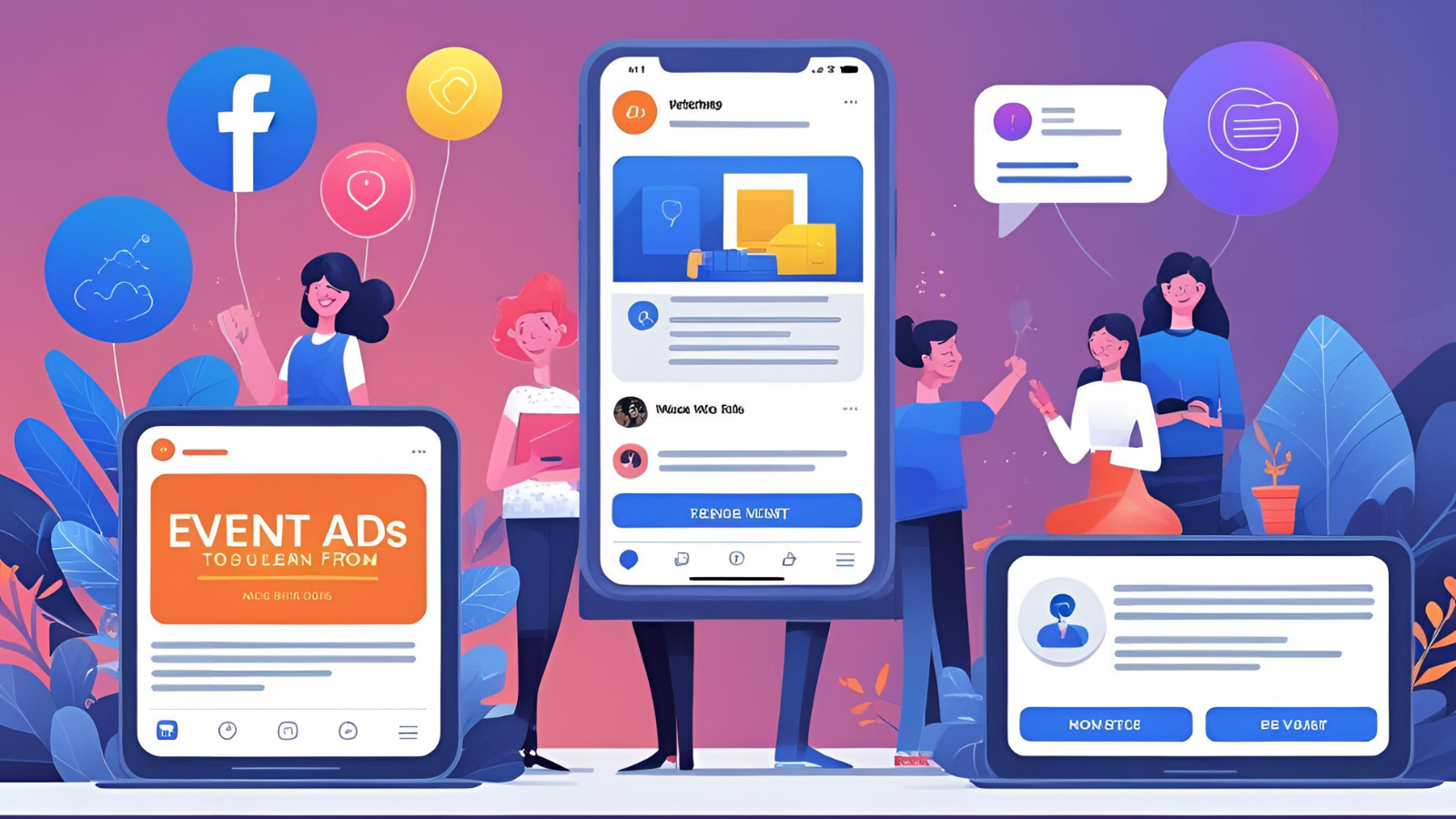How Can Facebook Event Ads Boost Registrations & Engagement?
Event ads have become essential for businesses, influencers, and marketers who want to stand out and make their events memorable. Whether it’s a concert, a product launch, or an online workshop, the competition for attention is fierce. The reality is, even if your event is fantastic, it can easily go unnoticed without effective advertising.
That’s where event ads come into play. With a smart advertising strategy, you can boost your event’s visibility, increase registrations, and drive engagement. Crafting the right campaign ensures that your event reaches the right people at the right time and helps you get the results you’re aiming for.
In A Hurry ? Listen To Podcast!!
Why Event Ads Matter More Than Ever?
In today’s digitally connected world, event ads have become an indispensable tool for businesses, influencers, and marketers. With in-person and online events gaining momentum, event organizers must compete for attention like never before. Your success depends heavily on how well you market your event, from concerts and product launches to webinars and workshops.
But here’s the kicker: your event could be phenomenal, yet without effective advertising, it might remain undiscovered. This is where event ads become essential. With a strategic advertising campaign, you can increase your event’s visibility, boost registrations, and maximize engagement.
The Power Of Social Media for Event Ads
Social media has revolutionized how we connect, share, and attend events. Platforms like Facebook, Instagram, and LinkedIn provide vast opportunities to promote your event to a highly targeted audience. Facebook, in particular, offers unique capabilities to run event ads tailored for specific demographics, interests, and behaviors.
Why does this matter? Because most people discover events through platforms they already use daily. Whether you’re hosting a virtual summit or a physical meetup, leveraging social media ensures your event ads reach the right people at the right time.
Notably, Facebook event ads let you invite users directly, track RSVPs, and engage with potential attendees on the event page. This functionality streamlines event promotion and improves the chances of a successful turnout.
Also Read :
How To Craft A Winning Event Ad Strategy?
Creating impactful event ads starts with a solid strategy. Here’s a breakdown of essential steps:
1. Define Your Goals
Before you kick off your campaign, clearly define what success means for your event. Is it registrations, ticket sales, or brand awareness? Your goals will guide every other decision.
2. Understand Your Audience
Targeting is key. Analyze who your ideal attendees are based on demographics, behaviors, and interests. The better you know them, the more compelling your event ads will be.
3. Choose the Right Platform
While Facebook is often the go-to, platforms like Instagram and LinkedIn might better suit certain events. Choose where your audience spends their time.
4. Develop Engaging Creatives
Your visuals and copy must captivate. Use high-quality images, videos, and compelling headlines to attract attention. A/B test different formats to see what resonates most.
5. Allocate Your Budget Wisely
You don’t need a massive budget to see results. Start small, monitor performance, and scale what works. A thoughtful budget ensures maximum ROI from your event ads.
PowerAdSpy: The Ultimate Ad Intelligence Software for Event Promotion
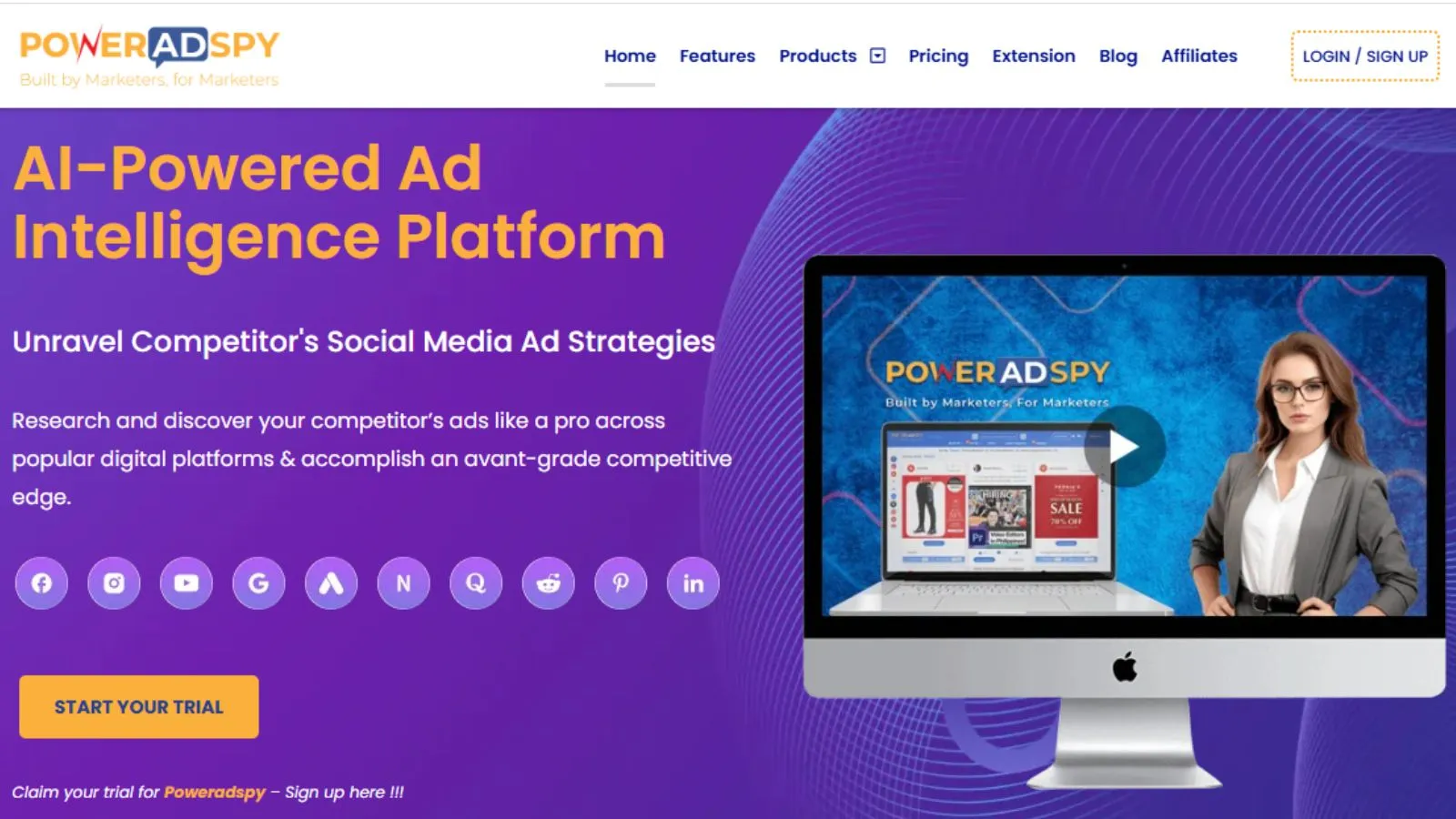
Enter PowerAdSpy, a robust ad intelligence tool that gives you the edge in crafting high-performing event ads. PowerAdSpy lets you:
-
Filter By Ad Positions
Event ads often perform better in high-visibility placements like the News Feed. The ability to filter by ad positions helps you analyze where similar event ads are placed and what drives better engagement or conversions.
-
Data Of Millions Of Ads From 100+ Countries
Perfect for local or international event campaigns. See what’s working globally or tailor event ads to different markets.
-
Narrow Down Your Searches
Search by event-specific keywords, domains, or competitor brands running event campaigns. This helps in identifying trends and tactics that successful event ads are using.
-
Bookmark The Best Ads
Event campaigns are time-sensitive. Bookmarking successful event ads lets you quickly reference proven ideas and strategies when planning your campaigns.
-
Powerful Search Algorithm
Search ads using terms like “early bird,” “limited seats,” “RSVP now,” etc., then sort by engagement to find the most effective CTAs and creatives for event promotion.
-
GEO-targeted
Find ads running in specific locations to match your event’s geographical target, helping you learn how others are tailoring campaigns to local audiences.
-
Call to Action-Based Sorting
Identify top-performing CTAs like “Register Now,” “Book Your Seat,” or “Join Live.” Crucial for event ads, where action urgency drives attendance.
Why is this important? Because seeing what works in real-time saves you time and money. You can model successful campaigns, avoid common pitfalls, and innovate with data-backed strategies.
Using a Facebook ad spy tool like PowerAdSpy allows event marketers to stay ahead of the curve and refine their event ads to outperform the competition.
What Are The Best Practices for Event Ads Facebook Campaigns?
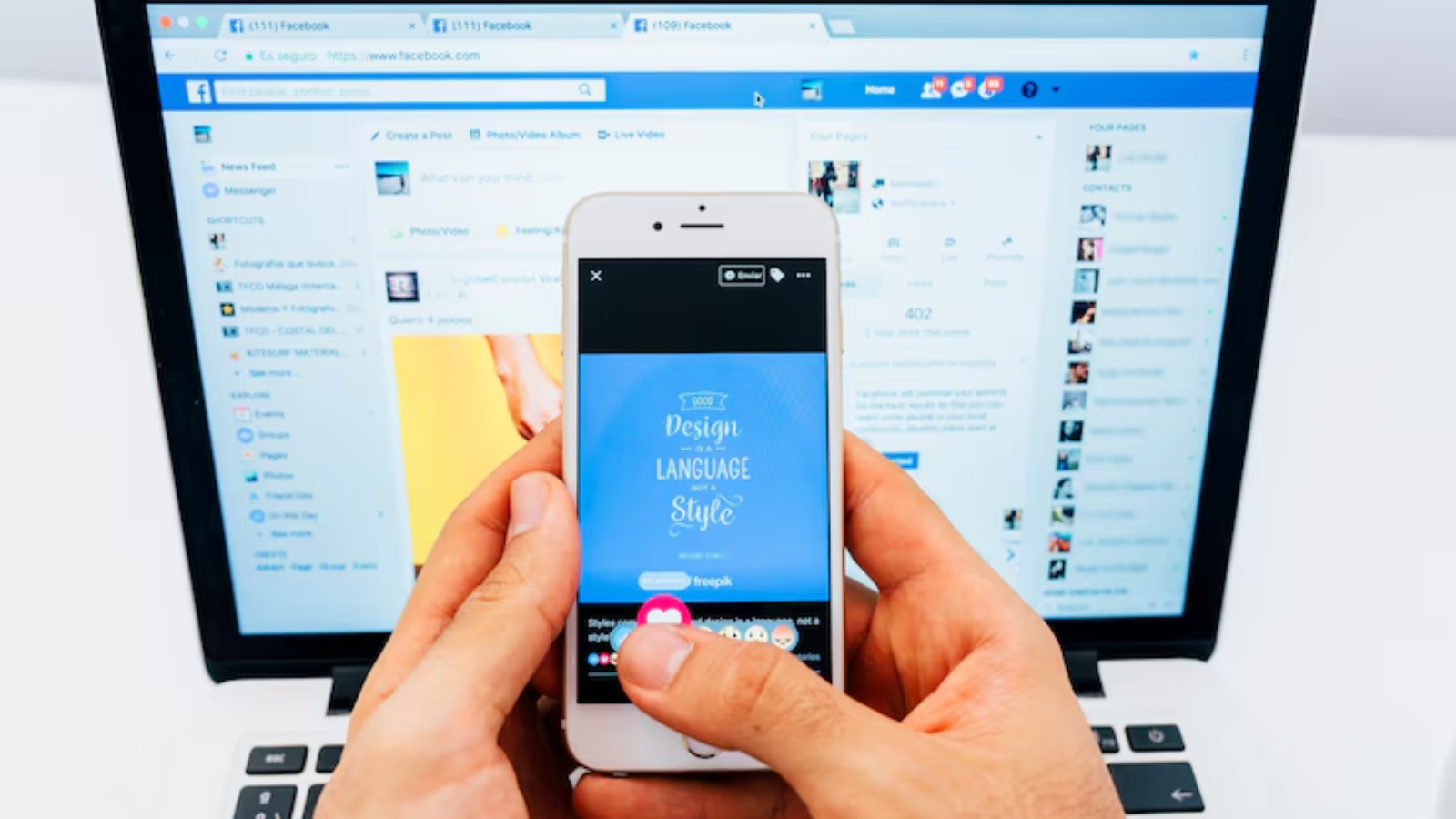
Facebook remains a powerhouse for event promotion. Here are some proven best practices for running event ads effectively on the platform:
1. Use Facebook’s Event Ad Objective
Choose the right objective in Ads Manager to optimize for event responses. This ensures Facebook shows your ad to users likely to engage.
2. Target Based on Engagement
Create custom audiences from users who interacted with your event page or past ads. Retargeting warm leads often yields higher conversions.
3. Schedule Wisely
Start your campaign at least 2-3 weeks before the event. This allows time for awareness, consideration, and conversion.
4. Use Compelling Call-to-Actions
Include strong CTAs like “RSVP Now,” “Join the Event,” or “Get Your Tickets” to prompt immediate action.
This approach can significantly boost the impact of your event ads’ Facebook campaigns.
How To Analyze Ad Performance with Facebook Ads Manager?
Launching your event ad is only half the battle; the real magic happens when you analyze what’s working (and what’s not). Facebook Ads Manager gives you all the tools to track your ad performance in real time so you can make smart, data-driven decisions. Here are the key metrics to watch:
-
Click-through Rates (CTR)
This tells you how many people clicked on your ad after seeing it.
A high CTR usually means your ad copy and visuals are resonating if it’s low, consider tweaking your message or creative.
-
Cost per Click (CPC)
How much are you paying for each click? This is key for managing your ad budget.
A lower CPC means you’re getting more value for your spend, so keep testing to find what brings costs down without sacrificing quality.
-
Impressions and Reach
Impressions show how often your ad was shown; reach tells you how many unique users saw it.
This helps gauge brand visibility and awareness, especially important for early-stage event promotions.
-
Event Responses and Conversions
These are your bottom-line metrics: how many people RSVP’d, signed up, or bought tickets.
Focus on optimizing for these actions to ensure your ad spend translates into real-world results.
-
Pro Tip: Split Testing (A/B Testing)
Don’t rely on guesswork. Test different creatives, headlines, or audience groups to see what performs best. Even small changes can lead to big gains when you know what your audience responds to.
What Are The Event Ad Formats You Should Try?

When it comes to promoting your event, one size doesn’t fit all. Different audiences engage with content in different ways, so mixing up your ad formats can dramatically improve results. Here are a few ad types worth testing to see what resonates best:
1. Image Ads
These are classic for a reason: simple, clean, and quick to consume.
Pair a bold image with a sharp, benefit-driven headline to instantly catch scrollers’ eyes and get your message across in seconds.
2. Video Ads
Perfect for bringing your event to life and showcasing energy, excitement, or exclusive details. Just keep it short and sweet; under 30 seconds works best to keep viewers engaged while delivering the key highlights.
3. Carousel Ads
Ideal for events with multiple selling points, such as a lineup of speakers or a day-by-day agenda.
Each card can highlight a different element of your event, giving users a more interactive and in-depth preview.
4. Stories Ads
Great for creating urgency or sharing quick, eye-catching updates in a full-screen format.
Use countdown stickers, behind-the-scenes teasers, or special offers to make the most of this short-form format on Instagram or Facebook.
Trying out different formats helps you reach your audience in the way they prefer to engage, and can lead to better reach, more clicks, and higher attendance.
Facebook Event Ads Examples to Learn From
Sometimes the best way to sharpen your strategy is to see what’s already working. Great Facebook event ads combine smart targeting, strong visuals, and clear calls to action. Here are a few real-world examples that got it right—and what you can learn from them:
1. Webinar Launch by a SaaS Brand
This SaaS company kept it simple with a short, animated video showcasing key speakers and hot topics.
The clean design and focused CTA to a one-click registration page made sign-ups effortless, leading to a 65% spike in conversions. It’s a great example of how clarity beats clutter.
2. Music Festival Campaign
They pulled out all the stops with high-quality drone footage, behind-the-scenes artist clips, and a countdown timer to build hype.
The visuals created serious FOMO, and the urgency factor drove massive engagement and ticket sales in the final week.
3. Local Meetup Group
This grassroots campaign targeted a niche audience using personalized messaging and precise geo-targeting.
Despite a modest $100 ad spend, they reached over 10,000 local users, proving that thoughtful targeting beats a big budget.
These standout campaigns show how creativity, relevance, and a strong message can take your event ads from average to impactful. Let them inspire your next ad!
What Are The Common Mistakes To Avoid In Event Ads?
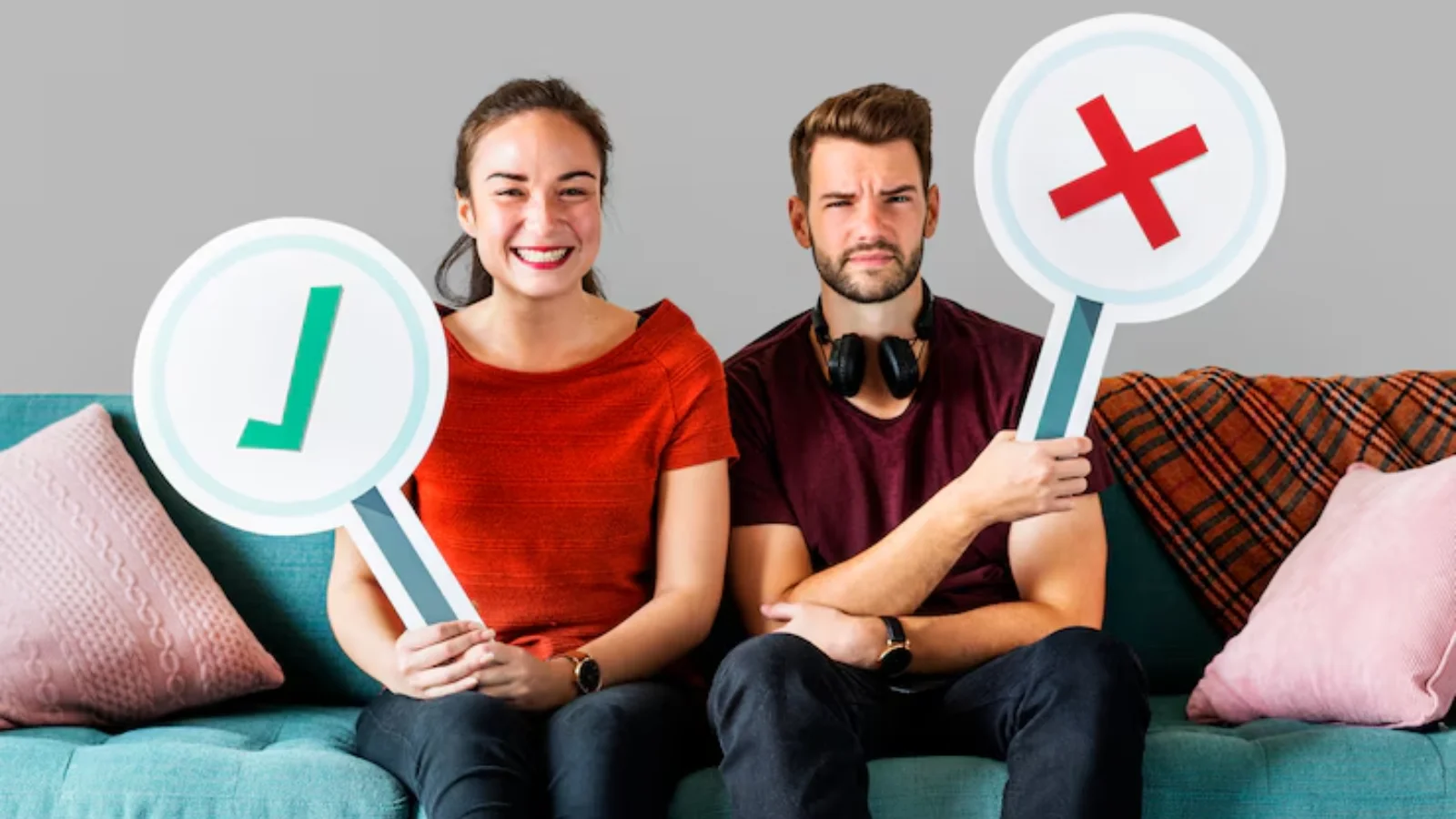
Even the most seasoned marketers can miss the mark when promoting events. A great ad does more than just grab attention, it drives action. To help you avoid common pitfalls, here are a few mistakes to watch out for (and how to fix them):
1. Poor Targeting
Failing to define your ideal audience can quickly drain your budget without results.
Use advanced targeting features like location, interests, and behavior to reach the people most likely to care about your event.
2. Generic Creatives
Bland visuals and copy won’t spark curiosity or clicks.
Avoid using overused stock images, invest in creative that tells a story or evokes emotion relevant to your event.
3. Ignoring Mobile Optimization
With the majority of users browsing on their phones, non-mobile-friendly ads are a deal-breaker.
Test your creatives on mobile devices to ensure everything from text to visuals renders cleanly and loads quickly.
4. No Follow-Up
Getting a click is just the beginning. Without follow-up, interested leads often slip away.
Use retargeting ads or email sequences to re-engage users and nudge them toward registration or attendance.
Avoiding these simple but critical mistakes can make all the difference in your event’s success. Focus on strategy, creativity, and smart follow-through to turn clicks into actual attendees.
Final Thoughts
The success of your next event might hinge on the quality of your event ads. With smart planning, compelling creatives, and the right tools, you can elevate your promotions and achieve standout results.
Tools like PowerAdSpy offer an unfair advantage by revealing what works and what doesn’t. Combine this with strategic execution on platforms like Facebook, and you’re set to drive awareness, attendance, and engagement.
Whether you’re new to Facebook ads or a seasoned marketer, refining your approach to event ads could be the most important decision you make for your next big event.
FAQs
- Can I promote an event on Facebook without creating a Facebook event page?
Yes, you can run ads linking directly to an external registration page or website, but creating a Facebook event page allows for better tracking, engagement, and native RSVPs, all of which enhance visibility within the platform. - How long should I run my event ads before the actual event date?
It’s ideal to begin promotion 2–3 weeks before the event for smaller events and up to 6–8 weeks for larger or paid events. This gives you time to build awareness, drive conversions, and remarket to interested audiences. - Do Facebook event ads work for B2B events like conferences or webinars?
Absolutely. With the right targeting, such as job titles, industries, or company size, Facebook can be a powerful tool even for professional or niche audiences. - Can I promote recurring events on Facebook using one ad campaign?
Yes, but it’s better to create separate ad sets or campaigns for each occurrence if dates or locations vary. This allows for more precise targeting, messaging, and performance tracking. - What budget should I start with for Facebook event ads?
Even a small budget (e.g., $5–$10/day) can generate results if well-targeted. Start with a test budget, evaluate performance, and scale your campaign based on what’s working.

